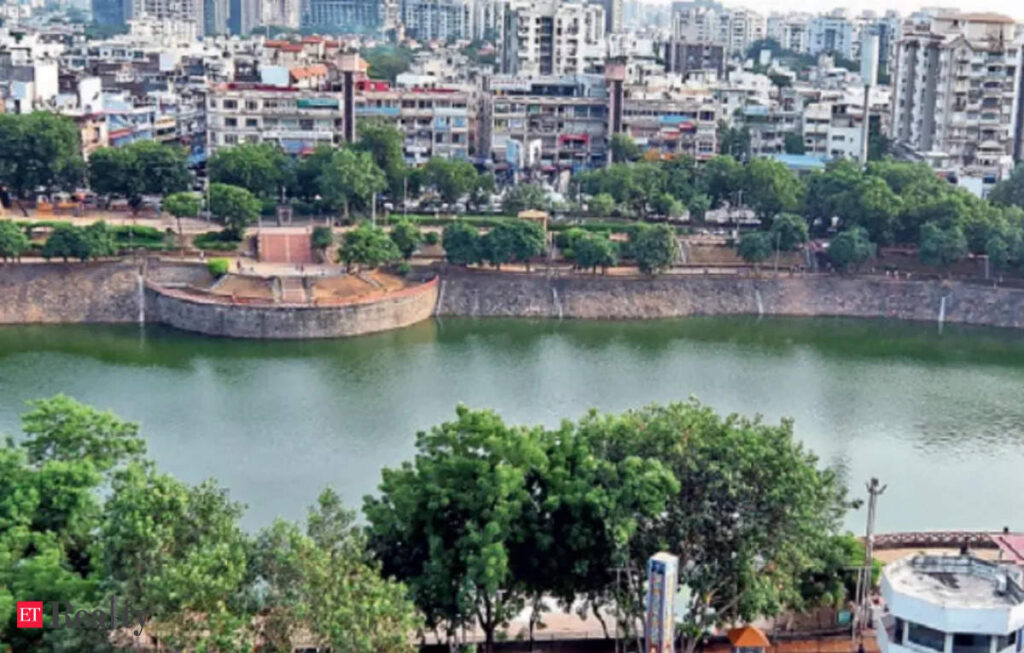AHMEDABAD: Considering the rate at which lakes and wetlands are disappearing in Ahmedabad, there are the obvious villains to blame — roads, property construction and civic amenities. The city’s lakes have been degrading and disappearing at an alarming rate, according to a new study by researchers at Gujarat University’s department of botany, bioinformatics and climate change impacts management.
The study conducted by Vishwa Kuchara, Charan Ronak, Archana Mankad and Hitesh Solanki examined 11 wetlands in the city and found that nearly 50% of them had shrunk in the past 23 years and 40% were redeveloped.
The number of lakes in the city plummeted from 603 in 1999, when the city area was 191 sq km to just 65 today, a decline of over 80%. In 2001, the number of lakes had reduced to 137, while in 2006, when the city area further expanded to 464 sq km, it dropped further to 122.
By 2017, according to a report prepared for Auda by Cept University, 65 lakes within Ahmedabad had garbage and building rubble and were choked with encroachments. A recent study conducted by the Bhaskaracharya Institute for Space Applications and Geoinformatics (BISAG) found that the lakes are shrinking at a decadal rate of 1.57 sq km.
“The number of lakes in the city has been constantly declining with the expanding municipal boundaries,” observed a senior Ahmedabad Municipal Corporation (AMC) official in the Nort West Zone.
He added, “In a city, a waterbody without water is a piece of land that can be capitalized for real estate. The land has no value as such, but the use ascribes value to it.”
The Makarba lake has degraded by 14% in the past decade, according to a study conducted by Gujarat University.
Another example worth noting is the Vastrapur lake. More than two decades ago, it was visited by migratory birds.
In those days, the lake’s sub-catchment area was 11.52 lakh sq m. Large amounts of water seeped through large vacant surfaces, and natural drains fed the lake.
By 2000, vacant land reduced to 32% and when Auda began lake development in 2002, the built zone covered 60% of the area.
Today only 9% of vacant land remains.
With the area of Ahmedabad city expanding to 503 sq km in 2020, there is mounting pressure for development that is likely to threaten the city’s remaining lakes and small water canals, says a senior Auda official.
These precious waterbodies, located near Rancharda, Sanand Road, Shela and Ambli, face the imminent prospect of obliteration under the relentless expansion of TP roads.

